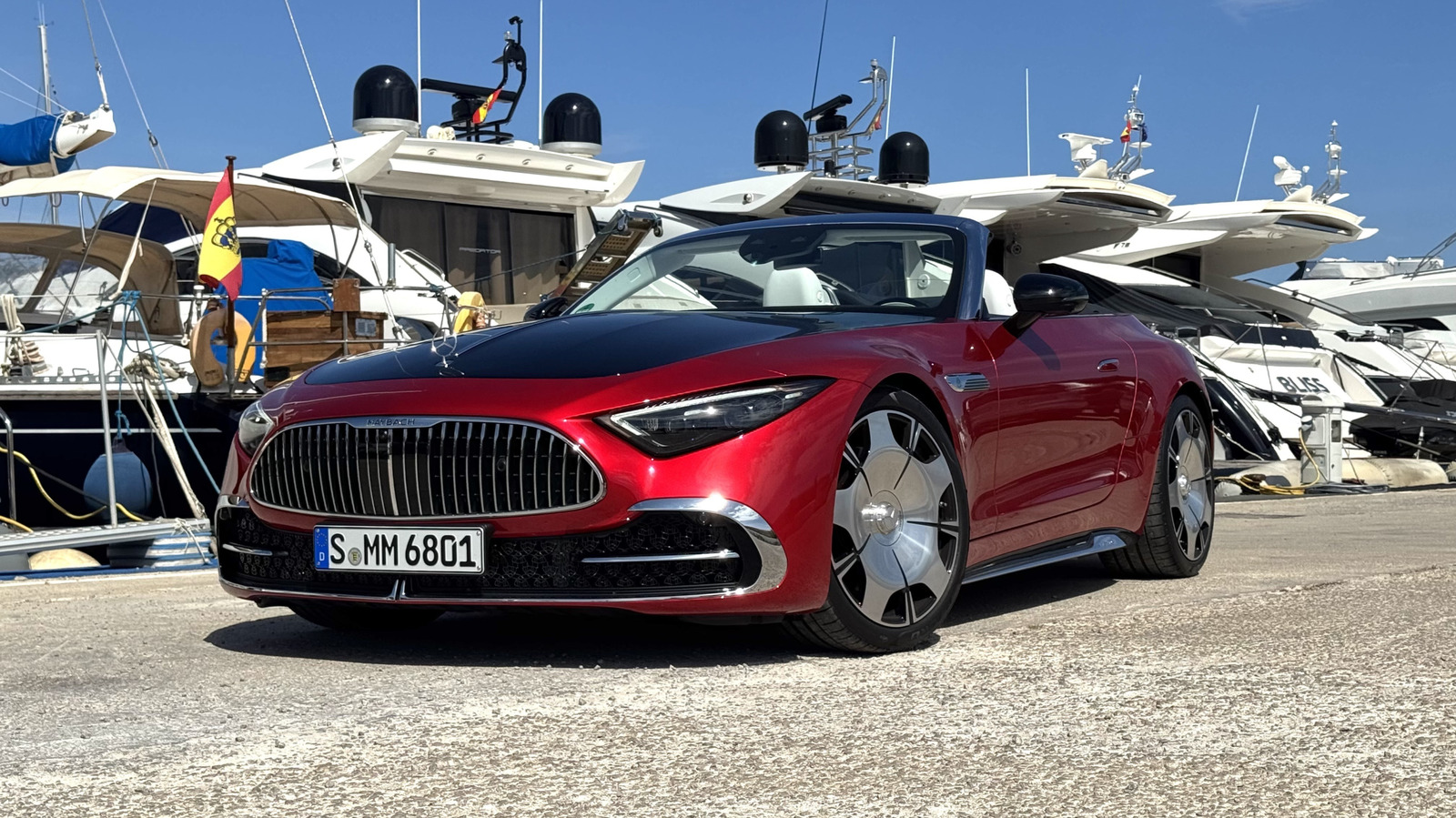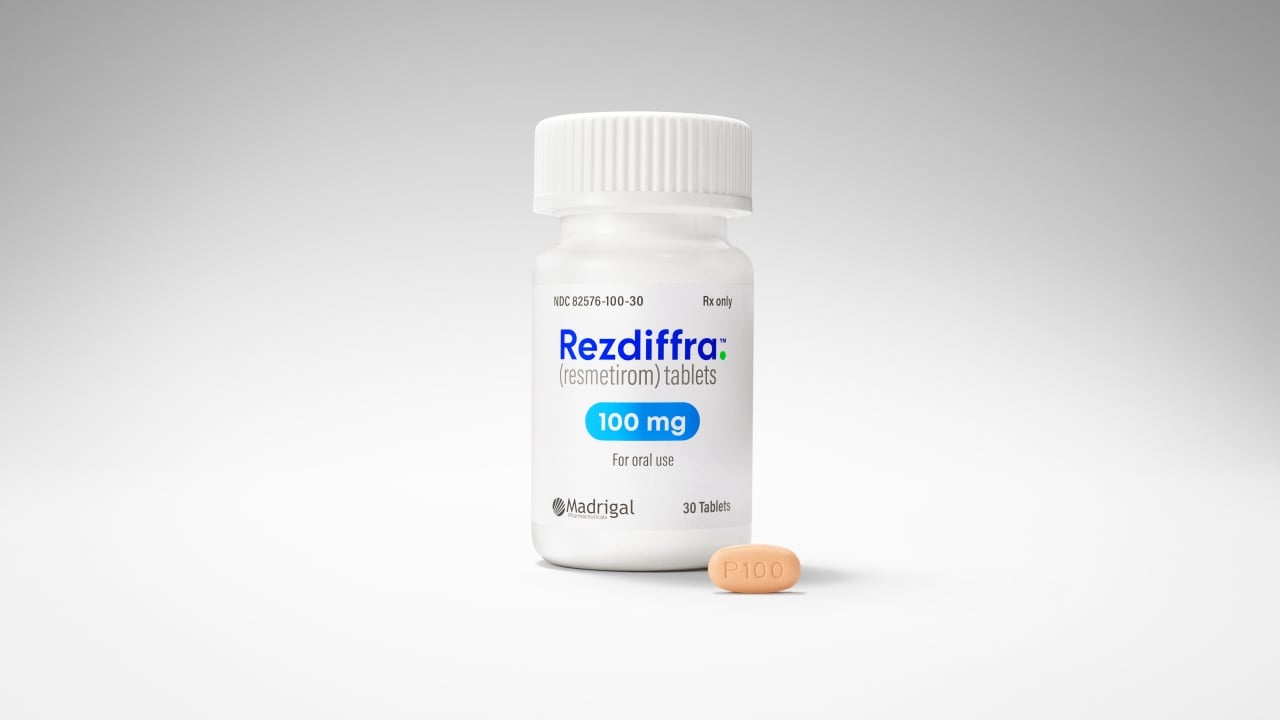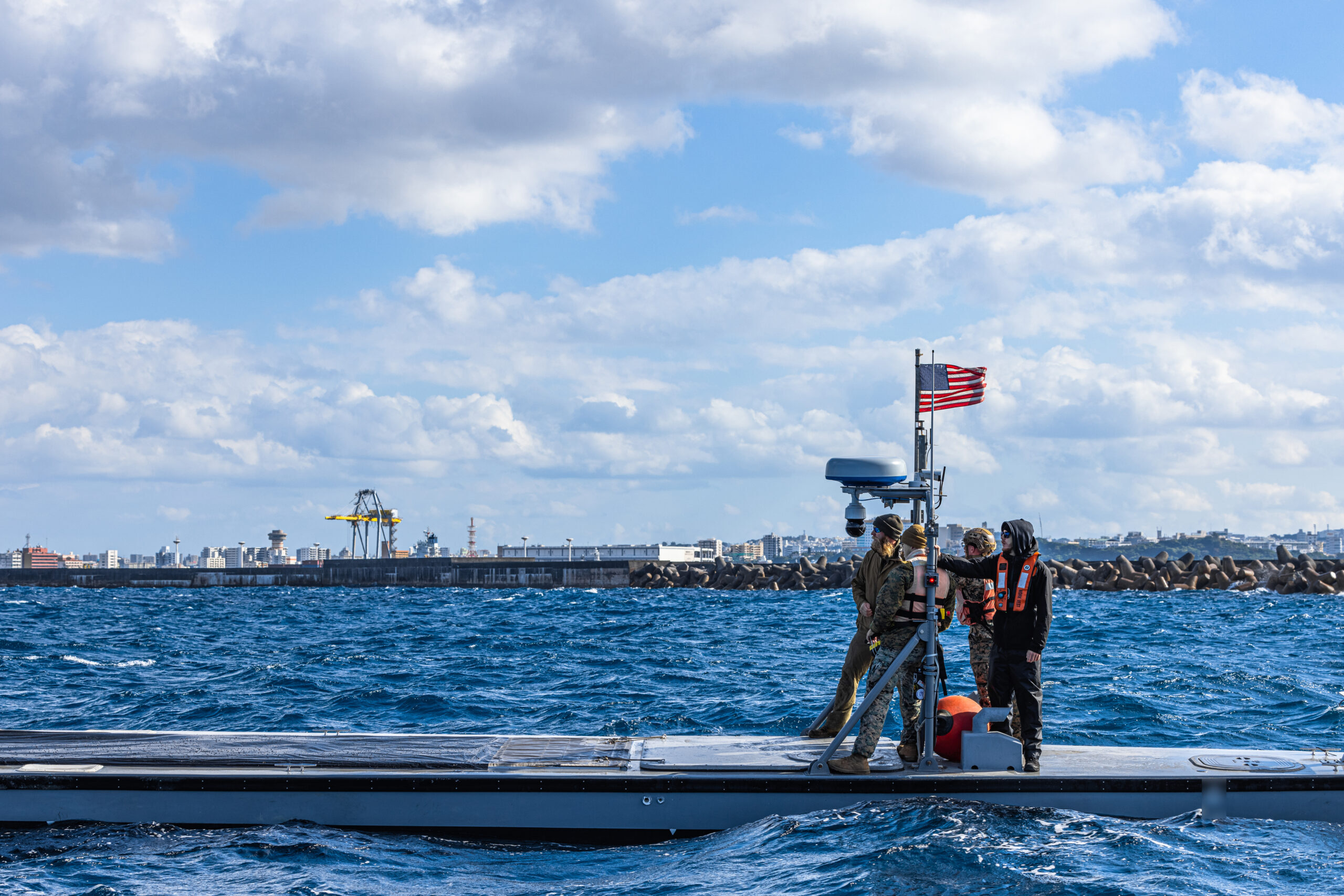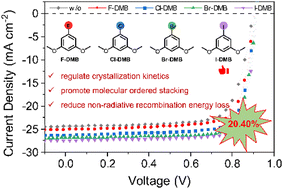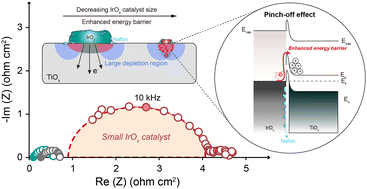Fork in the road: Conavi Medical’s route less traveled hopes to create a new standard in the fast-moving imaging market:
Angioplasty and stenting procedures (or percutaneous coronary interventions/PCIs) are performed more than four million times around the world every year to open up blockages in coronary arteries to allow the heart to receive proper blood flow. Most of these procedures -- 80-85 percent -- are only guided by traditional angiography, an x-ray of the blood vessels that requires a contrast agent to be flushed into the heart to identify where the blockages are. The post Fork in the road: Conavi Medical’s route less traveled hopes to create a new standard in the fast-moving imaging market: appeared first on MedTech Intelligence.

MTI Viewpoints
Insights shared by industry relative to healthcare and the advancement of medical technology.

Tom Looby is CEO at Toronto-based Conavi Medical. With more than 25 years of experience, he has a proven track record of launching and scaling innovative products through his time as Chief Marketing Officer and SVP at Given Imaging and CEO at Ekso Bionics.
When I joined Conavi Medical in 2021, the company had developed the first generation of a novel intravascular imaging device to enhance angioplasty and stenting procedures (used to treat coronary artery disease, including patients suffering from heart attacks and angina).
Angioplasty and stenting procedures (or percutaneous coronary interventions/PCIs) are performed more than four million times around the world every year to open up blockages in coronary arteries to allow the heart to receive proper blood flow. Most of these procedures — 80-85 percent — are only guided by traditional angiography, an x-ray of the blood vessels that requires a contrast agent to be flushed into the heart to identify where the blockages are. While angiography can show physicians the location of problematic lesions that need to be treated, it does not provide accurate information on the size of the vessel or plaque burden, to allow for proper stent size selection, or the nature of the plaque, for instance, heavy calcification which may need to be treated prior to stent deployment.
Intravascular imaging (IVI) is a technology that is used in adjunct to angiography in the other 15-20 percent of PCIs. IVI involves inserting a tiny catheter over a guidewire into the coronary arteries and imaging them from the inside using either Intravascular Ultrasound (IVUS) or Optical Coherence Tomography (OCT). Recent randomized, controlled clinical studies with existing IVI systems (IVUS systems in particular) have shown that intravascular imaging has the potential to significantly improve clinical outcomes during PCI procedures due to the enhanced details about the lesion that imaging can provide, leading to better vessel preparation, stent selection, and stent optimization.

IVUS and OCT each have their advantages and disadvantages, however, so it is often up to the physician to determine which modality to use if the hospital has both systems, knowing that there may be tradeoffs with the selection. IVUS, for instance, is particularly well suited to larger vessels, such as the Left Main or ostial lesions, due to its greater depth penetration, whereas OCT is particularly useful in visualizing the stent and ensuring it is properly expanded without introducing any dissections (tears in the vessel caused during stent expansion).
In patients with chronic kidney disease, which is common amongst the population coming in for PCI procedures, contrast agent exposure is a top concern. In these cases, the operator may prefer IVUS, because it can image through blood and does not require the physician to push blood out of the way with a contrast agent, which is a step that is required for OCT imaging. In lesions that are heavily calcified, often pre-treatment of the vessel is required prior to stenting, to crack and remove calcium with other tools first. OCT lends itself well to determining the calcium modification strategy, as it can image through calcium to determine both the overall extent of the calcium in the vessel as well as the calcium thickness.
Conavi Medical’s innovation combines the best of both worlds – the ability to use IVUS and/or OCT throughout the procedure, when it makes sense based on the strengths and weaknesses of each modality, using a single catheter. This new option eliminates the need for physicians to make the choice (and compromise) at the start of the procedure. The innovation became the first generation of the Conavi Novasight Hybrid System, which received 510k clearance in 2018, Health Canada clearance in 2019, and was approved for use in Japan in 2020 and China in 2023.
Hybrid System, which received 510k clearance in 2018, Health Canada clearance in 2019, and was approved for use in Japan in 2020 and China in 2023.
The market opportunity for the Novasight Hybrid System was clear to me – a device that combines the two most-used IVI modalities into one catheter so that physicians – and their patients — won’t need to compromise. There is a plethora of recent clinical data, backed by leaders in interventional cardiology, pointing to the importance of intravascular imaging in patient outcomes.
Hybrid System was clear to me – a device that combines the two most-used IVI modalities into one catheter so that physicians – and their patients — won’t need to compromise. There is a plethora of recent clinical data, backed by leaders in interventional cardiology, pointing to the importance of intravascular imaging in patient outcomes.
The EU recently updated its clinical guidelines around imaging in complex PCIs to Class 1A, with North America expected to follow with Class 1 status. Guideline changes often trigger reimbursement changes, which would, in turn, cause the prevalence of intravascular imaging in PCI procedures to increase rapidly. In Japan, for instance, intravascular imaging devices are reimbursed and, as a result, IVI is estimated to be used in more than 90 percent of PCI procedures there.
While I was sold on the value proposition for a hybrid IVUS OCT imaging device, the next challenge would be market development and scaling innovation, executing at a high-level to ensure Conavi would enter the market with a disruptive and competitive product.
Through initial clinical experience with the first generation of the device through 300+ clinical cases at a handful of early-adopter hospitals in North America, our team learned a lot. While these clinical cases validated the value proposition for hybrid imaging and proved the device’s efficacy, safety, and functionality, it became clear that improvements could be made to the device to facilitate ease of use, increase competitiveness with single-modality systems, and break down barriers to intravascular imaging adoption. With these learnings, the team launched the Novasight “Next Generation” project to develop a best-in-class intravascular imaging device that was competitive, robust, and scalable.
The Next Generation version of the Novasight product had three primary aims:
- State-of-the-art image quality — rivaling best-in-class for both IVUS and OCT
- Ease-of-use. A primary barrier to IVI adoption, ease of use includes streamlined system setup, physician control at the bedside, and robust feature sets that provide the physician with automated and AI-driven information.
- A scalable and reliable production path for a robust mass-market device that is manufacturable for margin.

Once the Next Generation product goals and requirements had been defined and vetted with Key Opinion Leaders, we turned our focus to execution and team building. One of the first initiatives put into place was ensuring the Conavi engineering team had the proper support and expertise in scaling their design by bringing on leaders in their respective fields: Resolution Medical for catheter development and Minnetronix Medical for console development. We leveraged our next-generation technology with Resolution Medical and Minnetronix Medical’s deep product engineering experience. Their expert teams helped us improve every dimension of performance of the device while optimizing for manufacturability and cost.
With the right team and partnerships in place, Conavi Medical further marked a pivotal moment in our evolution with a reverse merger (RTO) with Titan Medical in October 2024. Accessing the public capital markets through a planned, strategic amalgamation with Titan enabled us to strengthen our financial position, fuel our growth strategy, and fully leverage the potential of our Novasight hybrid imaging technology across the U.S. and internationally. The merger came as the Next Generation product’s design was being finalized and Conavi was gearing up for final testing and user validation of the device, followed by FDA 510K regulatory submission, in 2025.
Conavi Medical’s engineering team continues to work closely with Resolution and Minnetronix as the design is finalized and testing and validation of the system is underway. These partnerships have allowed for third-party reviews of the manufacturing challenges of a gen-one build and uncovered opportunities to redesign elements to make the product more reliable and manufacturable. The next steps on the journey to commercialization will include product validation with Key Opinion Leaders in interventional cardiology, FDA 510K regulatory submission, a First-in-Human clinical study, and product launch at key centers, starting with hospitals in the U.S.
The post Fork in the road: Conavi Medical’s route less traveled hopes to create a new standard in the fast-moving imaging market: appeared first on MedTech Intelligence.










